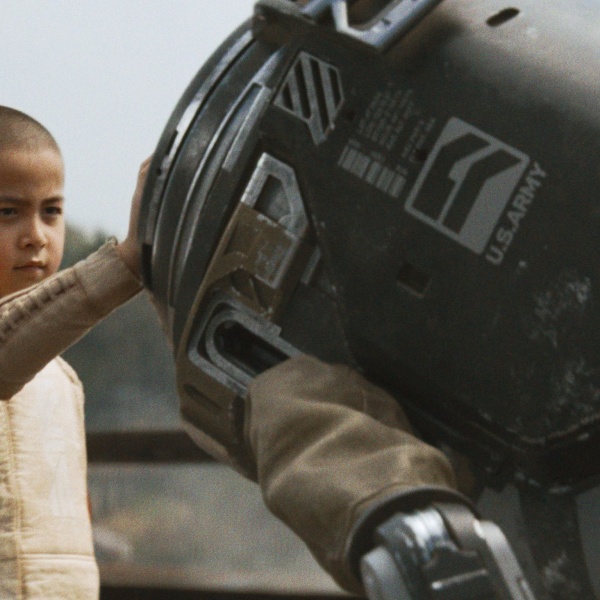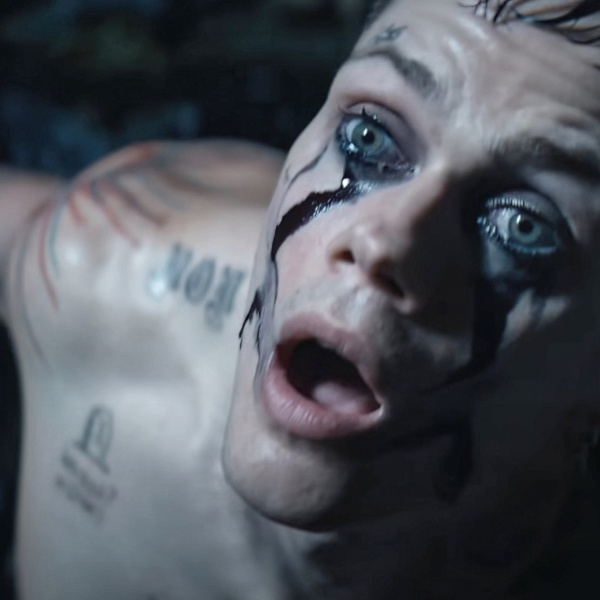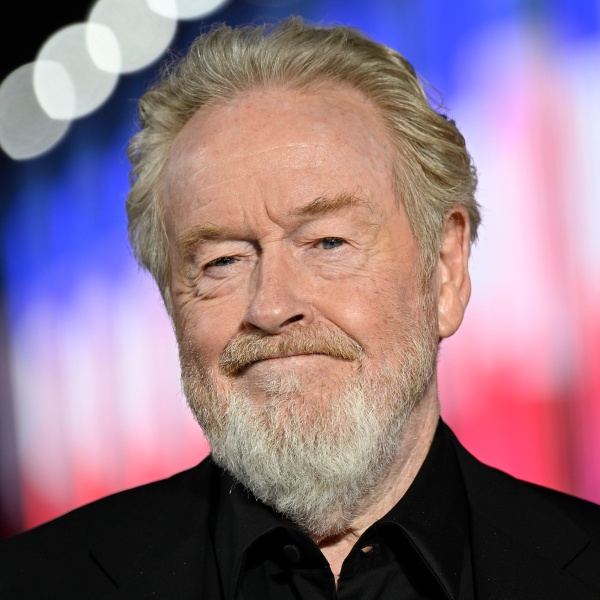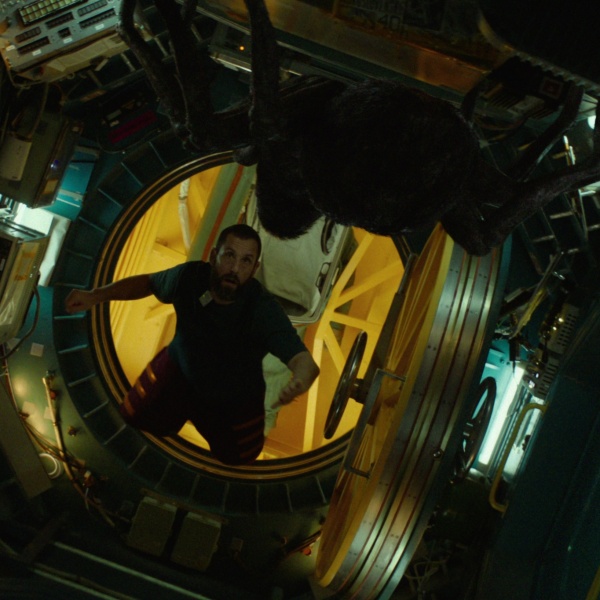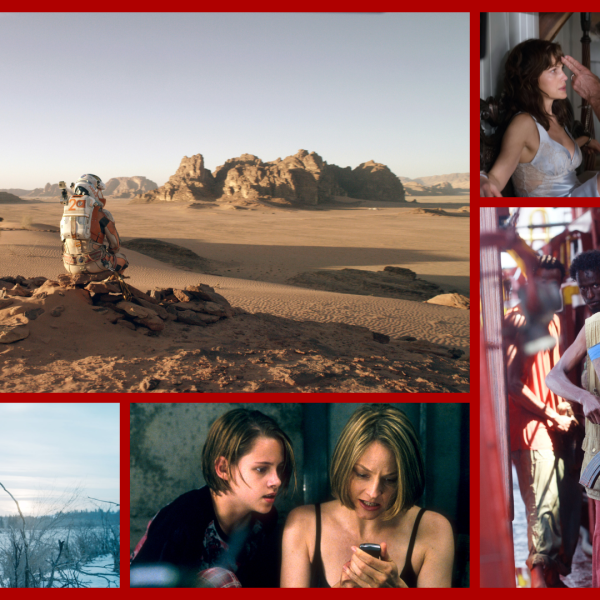Oscar-Winning Filmmaker Discusses The Lessons ‘The Beach’ Taught Him & How They Applied To The Beat Of His New Survival Drama

A couple of weeks ago we sat down with Danny Boyle, one of our favorite directors, to talk about his upcoming thrilling survival drama “127 Hours” (out today). After rummaging through the hotel room’s mini-bar looking for some decent chocolate, when we finally sat down with the starved director, we discussed the self-imposed challenges of making the film, what it meant for a self-described “city director” to tackle a movie set largely in the middle-of-nowhere, and how the editorial rhythm of the movie was there from the get-go. (For other bits from our interview check here.)
After “The Beach” was released in 2000 to an apathetic critical and commercial response, Boyle blamed himself. He explained the reason for the movie not working was that he was a “city director,” and that the central location of that film (i.e. the beach) didn’t suit his sensibilities. While we think “The Beach” is sort of a fascinating failure, we do still agree: the greatest sequences in that film were the early ones, in which Leonardo DiCaprio, as the wayward American tourist, is ping-ponging around a neon-lit Bangkok. (Or when the urban world bleeds into the beach-life, like when Leo imagines his universe as a giant videogame, ten years before “Scott Pilgrim.”) But since “The Beach,” he’s set a movie in the galactic void of space (his terrific sci-fi thriller “Sunshine“) and, now, with “127 Hours,” a sun-bleached desert, we wanted to know if anything had changed, or if a different approach was brought to “127 Hours.”
 “You know, I think of all those as city movies. I think of this [“127 Hours”] as a city movie. I’m serious. And that’s part of the philosophy of it. It’s not a wilderness movie. Wilderness movies have a rhythm that, I think, makes them pretty unwatchable for a modern audience. We live in cities and we watch movies in cities and they’re always about other cities, pretty much, all the time. Cities in space… whatever they’re all, they’re always communities,” Boyle told us.
“You know, I think of all those as city movies. I think of this [“127 Hours”] as a city movie. I’m serious. And that’s part of the philosophy of it. It’s not a wilderness movie. Wilderness movies have a rhythm that, I think, makes them pretty unwatchable for a modern audience. We live in cities and we watch movies in cities and they’re always about other cities, pretty much, all the time. Cities in space… whatever they’re all, they’re always communities,” Boyle told us.
He also said that the aesthetic extended to the way the movie was put together: “There’s an urban rhythm to the way we consume our film media (obviously there are exceptions). And I always thought that this had an urban rhythm and so you have to ask yourself why? And of course, because, despite the fact that he appears to be fleeing the city and the crowd, which we make clear with the split screens at the beginning. The lesson he has to learn — and it is a journey he has to go on in a canyon, and it’s not just a physical journey of disintegration and disorientation and then deliver — is that he has to learn that he has a place amongst those people and that’s his rightful place, actually. That his solo stuff, this incredible individualism and self-sufficiency and independence and doesn’t need anybody, doesn’t tell anybody where he’s going, isn’t going to get him anywhere. So he goes on a journey where he has to appreciate people more in his heart more than he has done. And he does it through a video camera, which always thought to me ‘Wow, this is this wilderness guy, and he goes into the wilderness with the ultimate symbol of technological urban development with him.’ “
He elaborated on how important the camera was, saying: “It’s like an umbilical cord that goes way back. Of course when he leaves the messages, he’s not directly talking to people, but he is in his heart, he feels it’s direct. They won’t actually see them until his body is recovered later but he feels sustained by that connection back to them. And I always thought it was a city film because of that.”
 Still, adamantly, he says that “127 Hours” is not a film about the wilderness. “It’s not a wilderness film. You get plenty of wilderness at the beginning, you get shots of the wilderness as he rides through it and stuff like that, and that’s fine. But when he gets stuck, he might as well be trapped in that cupboard! Because he just can’t see anything, there’s no view of the wilderness, it’s no great spiritual experience of the wilderness. It’s not that that sustains him. It’s this vision of a future child that gives him the route out. So that was my feeling on why it was more of a city movie than it might first appear.”
Still, adamantly, he says that “127 Hours” is not a film about the wilderness. “It’s not a wilderness film. You get plenty of wilderness at the beginning, you get shots of the wilderness as he rides through it and stuff like that, and that’s fine. But when he gets stuck, he might as well be trapped in that cupboard! Because he just can’t see anything, there’s no view of the wilderness, it’s no great spiritual experience of the wilderness. It’s not that that sustains him. It’s this vision of a future child that gives him the route out. So that was my feeling on why it was more of a city movie than it might first appear.”
When asked if his comments regarding “The Beach” still apply to his filmmaking today, he explained “More so! Even more so! In fact that’s what I learned from ‘The Beach’ that informed this. Because if this was a wilderness film, like ‘Into the Wild,’ then I would have never made this.”
We got back to the editorial rhythm of the movie, which is just as striking and vivid as his earlier films, with the opening of the film being split into three sections, each filled with footage of people moving about their busy, workaday lives (it reminded us a bit of “Koyaanisqatsi“) and a moment of extreme thirstiness by our stuck hero turning into a bursting, candy-colored montage of soda advertisements (set, euphorically, to Bill Withers‘ “Lovely Day”). We asked if he had the idea for the way the movie would be cut together in place from the beginning and what his intentions were with the way he put the film together.
“We had an amazing editor named John Harris, but, yes, I had a good idea of the impression I wanted to give. I always thought: it begins and ends with people, even though, on the other hand, I’m arguing, it’s just one guy. That was always my sell to the studio – it’s about one, and you don’t get out until he gets out, that was the “sell” in terms of the visceral, immersive, first person experience. All that said, I always knew it began and ended with people. And in the loneliest of places, it always begins and ends in people, and that’s how I always thought of it.”
The split screens Boyle had conceived early on. “I did think of the split screens at the script stage,” he said. “I did want these split screens to be used, because I thought it was a way of engineering these people into the story and the repetitiveness of his days. In the story, when you map it out, which you do when you’re adapting, you realize, ‘that’s exactly like that day, except he’s more disorientated.’ So it was a way of getting a sense of repetition without it getting tedious, so it was still exhilarating and life affirming even though it was draining away from him. It was a way for the cinema to sustain hope even when his hope was dying. So that’s what I was trying to do.”
Sustain hope? Yep. He succeeded. “127 Hours” hits theaters in limited release this Friday, November 5.
